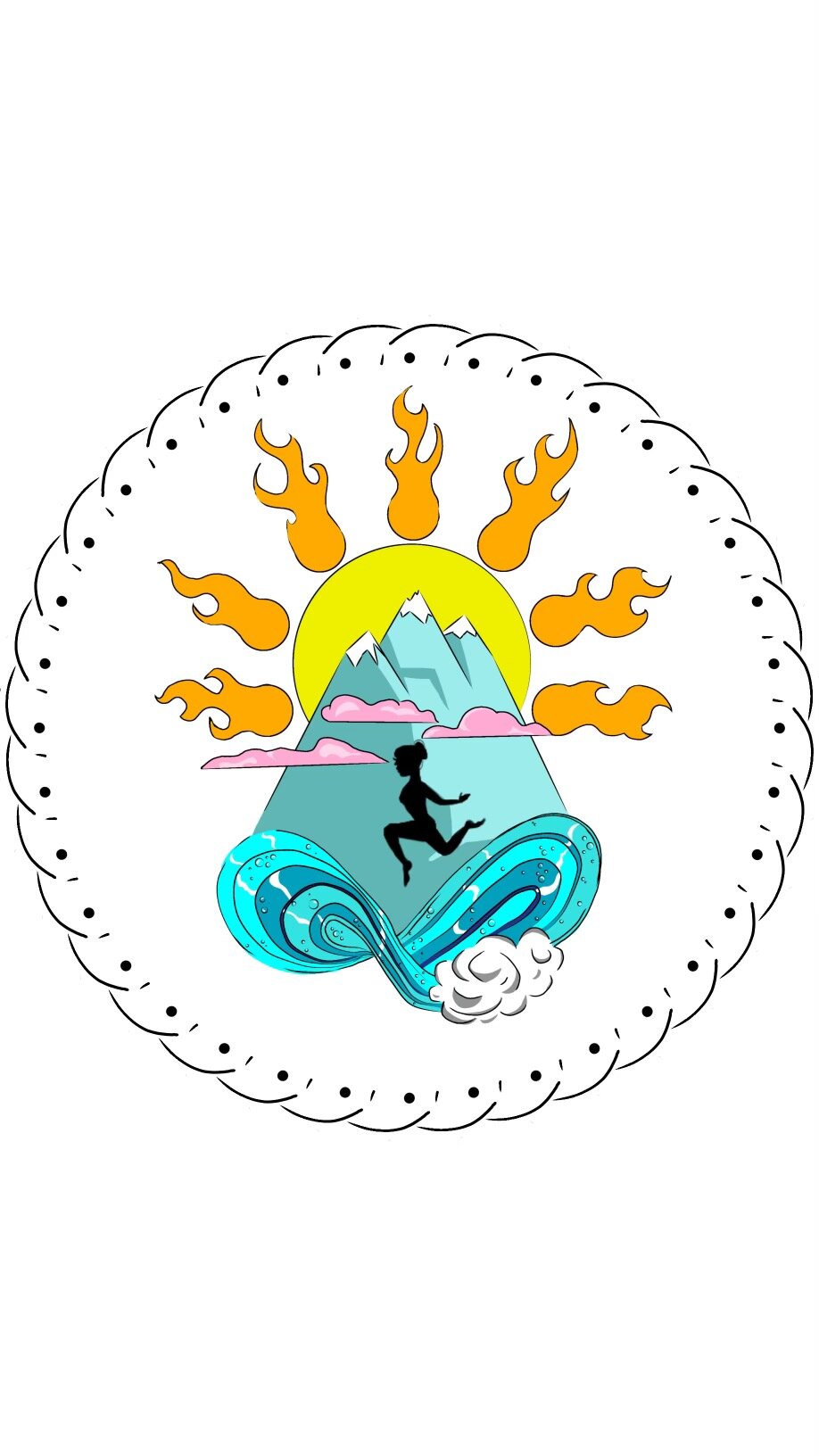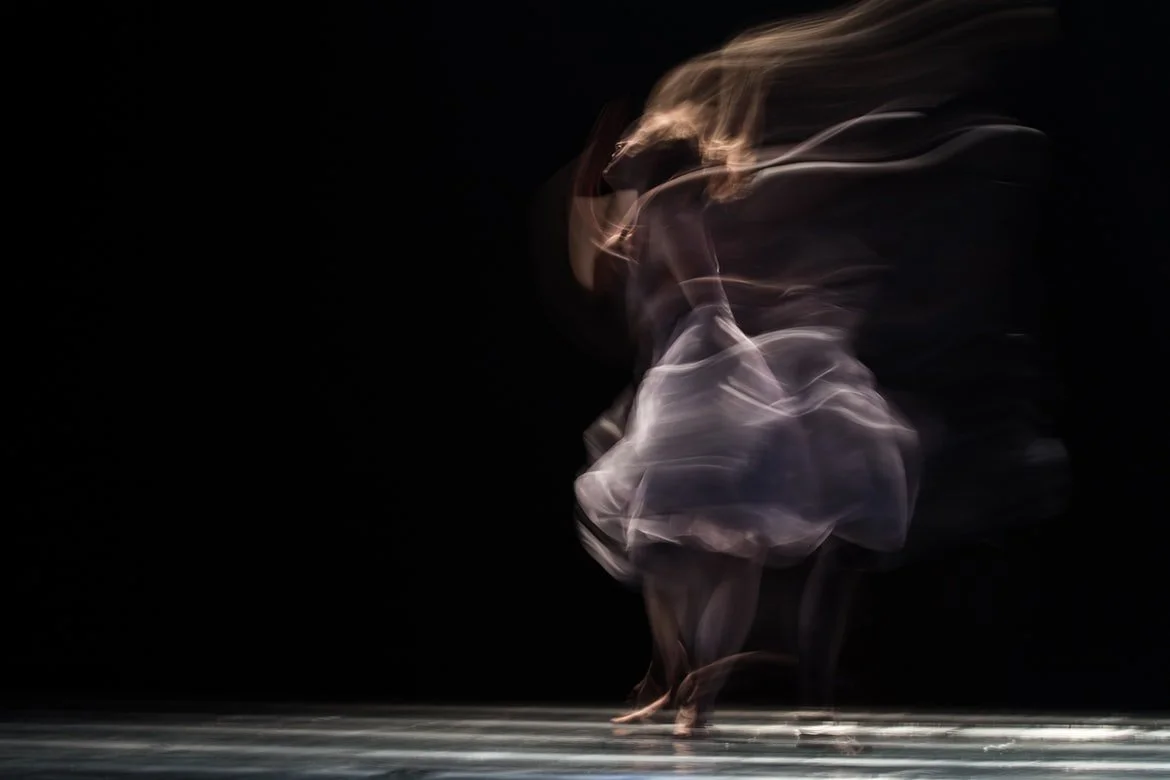Behind the Curtain: Throwing out Old-School Dance Teaching Styles
Dance teachers can positively or negatively affect their students. It’s time to take a closer look at dance training.
By Monica Tirado 1/24/2021
As an outsider looking in, dance is beautiful, mesmerizing, athletic, and unequivocally entertaining. As a dancer, it’s all those things— and more. However, dance is not all tutus and twirls. Behind the curtain, dance is a demanding artform that pushes dancers to mental and physical limits.
Behind each dancer is an ability to persevere— despite whatever harsh circumstances we may face. Aside from demanding training, dancers systemically face abuse. Unfortunately for us, it’s very normalized across the industry; and as more of the abuse comes to light, it’s time to reflect.
Although the dance world can be damaging, most of us stay out of passion. But, we shouldn’t rely on passion alone. It’s time to ask the important questions: What happens in the studio? How do these dancers become so breathtaking—borderline angelic— when they step on stage? Most importantly, how do we remove horrific working conditions from an otherwise extraordinary artform?
Having trained in classical ballet my entire life, I know dance instructors are responsible for shaping their students.
They do more than just teach the correct technique, they shape your confidence and how you view and present yourself as a dancer. The criticism, the motivation, and the style in which you are taught leaves a lasting impact you carry your entire life. Whether you pursue a career in dance or decide to take your final bow before, the things you learn in dance become part of your persona and inner dialogue—for better, or for worse.
Early Training: The “All or Nothing” Mentality
First things first, we need to motivate students in a way that inspires them. Like most things, this begins with early dance training. When we teach young dancers, we need to drop the all or nothing mentality. Dance is not as black and white as “you are a dancer, or you are not a dancer.” It took me years to learn this. I thought if I didn’t become a principal dancer at a top ballet company, then I didn’t “make it.” All of this stemmed from the thoughts put into my head by my main instructor, who made me the ballet dancer I am today. They engraved it in my head: if I wasn’t the best, then there was no point in dancing.
Because of this, continued personal sacrifice is a common theme in the dance world. If dance cannot be your everything, then you are worthless as a dancer.
Thankfully, times seem to be changing, and these old fashioned methods are often rejected by the newest generation of teachers. Zoe Couloumbis, Head of Education and Co-Founder at Saltare in Elementis Dance Collective, is setting a new standard. She received her Bachelor of Science in Dance Education in 2019 and has taught all different kinds of ages and demographics since. More than anything, Couloumbis wants her students to know there is a gray area. When you are in dance class you are there to learn, have fun, and grow. Outside of class, her students can take what they learn and use it for whatever may be more important to them. She keeps her students inspired by stressing that dance can mean anything they want it to.
“...there is a lot of pressure for [dance] to be everything in your life and you have to be better than everybody. Whereas, I think it’s possible for it to not be the most important thing in your life and still want to improve.'“
If taught from early childhood, this idea establishes a healthy mindset with the artform. Instead of being on edge, competitive, and insecure, students become more productive and engaged with the artform. From an early age, we can teach our children that they don’t need to sacrifice everything else for dance. Instead, we can teach them that dance is made for personal growth, hard work, and artistry—in their own time and space.
Bully Vs. Strict Teacher: Working with Vulnerable Ages
Anyone who stays in the dance world long enough runs into both negative and positive impacts from it. Some positive things that stay with you forever are dedication, drive, and respect for authority figures. Will Smith, a dancer with the Roanoke Ballet Theatre, has been a dance instructor for about 12 years. He states a good authority figure will help you grow—but there are some instructors who are just mean. To him, there is a huge difference between a bully and a strict teacher. Just like in a normal 9-5 job, dancers and teachers must compartmentalize what’s happening in their personal lives from the studio.
He states: “For me, a dance studio is my church; it is the holiest place. So whatever's happening outside of the studio, I try to leave it there.” He believes that some teachers bring the negative aspects of their lives into the studio and take it out on their students—who are often at vulnerable ages.
Dance education, more than other fields of education, is prone to abuse and authoritarianism. However, teachers are examples, and are required to unlearn toxic patterns. Just like young children mimic their parents, young dancers tend to mimic their instructors. Teachers are meant to be role models, not dictators.
Authoritative or Abusive?
Harmful emotional experiences are often normalized in the dance world. We are taught to respect our instructors, professors, and directors so much that we fear them. Especially in ballet, there are strict studio rules that must be followed.
In my high school training, if I yawned during class I was kicked out.
If I said “I’m trying” when given a correction, I was kicked out.
If I wasn’t visibly sweating by tendus, I was kicked out.
If we didn’t memorize the combination, we would be punished with a grueling adagio; or, in other words, we would hold our developpe for 32 counts, each side.
I was taught to fear my instructor. If I wasn’t getting yelled at one day, I would be concerned that I did something wrong - that I lost their attention. These abusive teaching techniques pack fear in students. They alter how you behave around authority for the rest of your life.
When you are a child’s mentor and instructor, you should not want them to fear you. Ms. Coloumbus recalls the best positive memories from her past instructors who were approachable and pushed her, while not crossing any boundaries. “...I want to be that for my students because I think dance is worth it.”
Fitting The Mold: Women in Dance
We’ve all heard the ballerina stereotypes; weak, delicate, starving. Like in all sports, careers, or disciplines, women have a different standard to uphold than men do. In a female dominant career, there are many eyes to please.
The Vaganova Academy of Russian Ballet in St. Petersburg, Russia is known for going through a selection process with children as young as 6 years old. Young children who have a short torso, long legs, high arches, and natural flexibility are the first to be admitted to the academy. Whereas if a child had short legs, a long torso, and flat feet, they likely would not even get a chance. As you grow older, meeting the body expectations of a ballet dancer becomes harder and harder.
When I was growing up, I didn’t put too much thought into my body. I was young, slim, and dancing 6 to 7 days a week. As I started maturing, my body did too. Suddenly I was developing breasts, bigger thighs, and I could not eat whatever I wanted. Again, I paid no mind to this. My senior year of high school I decided to homeschool, move to a different state, and train in ballet morning and night under scholarship. The goal was to perfect my technique, grow my strength, and feel confident in my dancing.
I was doing great, I felt strong and so confident. Until one day, my teacher started telling me almost everyday: “you would be perfect if you lost 5 pounds”. Because I admired and looked up to them, I replayed that in my head far too often. I started eating healthier, going to the gym after training and rehearsing morning and night.
1 of 2 ballet dancers develop eating disorders; that’s 50%. Because of little nutrition knowledge and misinformation from toxic authority figures, dancers are more vulnerable to these illnesses. Instead of teachers telling dancers to be skinny and lose weight, they should educate them. If I was educated on the fact that I should eat certain foods to fuel my body instead of being told to lose five pounds, I might’ve gone about it in a healthier way. Educators must put themselves in the shoes of young girls who stare at bodies all day inside the mirrored walls of a studio.
Hope for the Future
It’s 2022, and thankfully things are beginning to change in the dance world. Mental health is more of an open topic. Females can have bodies with curves if they have passion and talent. Dancers are calling out abusive teachers.
The dance students of today are the teachers of tomorrow. Let’s continue changing the old school teaching techniques. Let’s make dance feel as beautiful and stress-relieving as it looks.
Mr. Smith’s hope for the future is to train dancers to be the best they can be. Ms. Couloumbis says it starts with the educators; they have to look back to when they were dancers and decipher what they did and didn’t like from their teachers.
“[Teachers] have to start fresh. I’m hoping this helps people stick with the art form in whatever way they choose.”
Monica Tirado
Monica Tirado is dance instructor, performer, and writer from Puerto Rico. Tirado holds a BFA in dance from Radford University, where she studied Vaganova technique, contemporary dance, and various dance theory. In her professional career, Tirado has served as a dance instructor to several age groups, performed with various ballet companies, and performed abroad.
As an artist and an instructor, Tirado believes that the dance studio should be a safe environment. Tirado wants to create an environment where students can securely work hard and explore their artistry. Consequently, Tirado is a strong advocate for change in dance pedagogy and performance.
Zoe Couloumbis is a dance educator, choreographer, and performer from Maryland. In 2018, she Co-Founded SIEDC, where she now resides as a choreographer, performer, and Head of Education. Couloumbis holds a BS in dance from Radford University, and has performed, choreographed and collaborated both at home and abroad. In 2021, Couloumbis pioneered SIEDC’s “Everyone Everywhere” virtual dance class series. Couloumbis wants to make dance more accessible, and create new pedological theories that set a new standard in dance.
Will Smith is from Camden, New York. Mr. Smith started dancing under Delia Foley (A.R.A.D.) and completed the Royal Academy of Ballet’s advanced syllabus with merit. He then attended the University of Missouri-Kansas City on a talent and merit scholarship. Mr. Smith graduated with a B.F.A. in dance, ballet emphasis. Mr. Smith has danced with the Kansas City Ballet, Montgomery Ballet, Albany Berkshire Ballet, Richmond Ballet, and Ballet Theater of Maryland. He has choreographed several Ballets and He was awarded the Virginia Commission of Arts Fellowship for Choreography in 2014.






